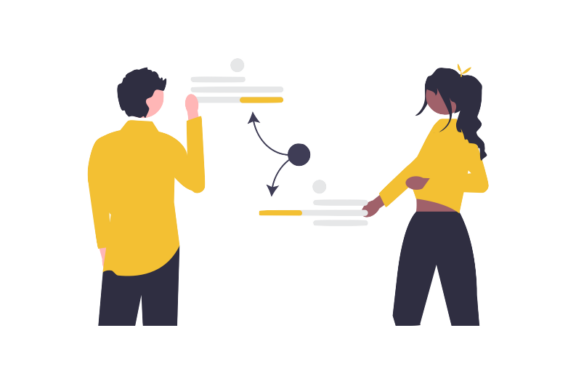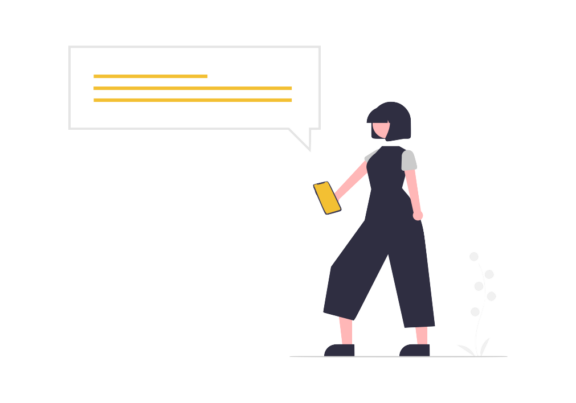At Macktez,
we build trust.
Macktez measures relationships by years — even decades.
Our goal is to form a lasting partnership between our team and yours, so we can anticipate your technology challenges … not just react to them.
Case Studies
Macktez designs solutions that address the root cause of an issue, not just the symptoms.
Services
We help ensure that your technology solutions will support your organization’s most important goals.
Successful relationships
Our most successful relationships are with clients who take the time to share their vision with us and get to know our approach to solving problems. We want to be in the room with you when you plan your next five years’ growth, and then help guide your technology strategy toward that goal.
Our consultants and technicians deliver consistently effective service, and will work with you to streamline common processes and reduce the time to resolve all incidents.

Join our team
We are always interested in getting to know new people even when we don’t have a position available.









